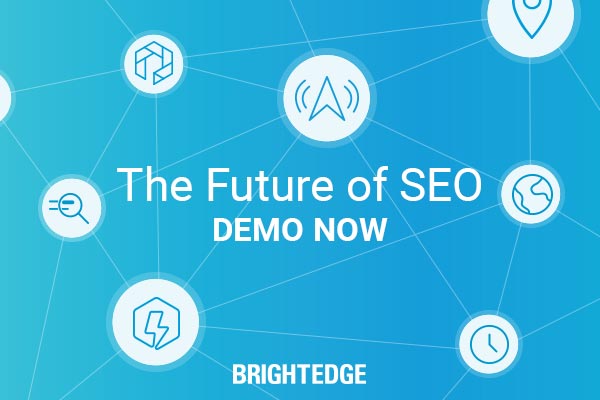It’s Sunday night. You’re watching the latest episode of “The Walking Dead,” and you’re in shock over who Negan just killed with “Lucille.” Cut to commercial. You see an ad for the latest gadget that is going to make your life more complete. Your curiosity is piqued, so you grab your mobile phone and carefully enter the right search terms. What appears in Google’s Search Engine Results Page seems the perfect listing. A careful press of the screen and you are headed to a page that promises you it will contain the fastest way to make a purchase. But, hold on a sec. When you arrive on the page, the product you wanted suddenly goes away. A pop-up overtakes the screen and you try to minimize it. Instead your browser opens another tab and now you are frustrated. It’s a virtual tornado of pop-ups.
Think of the lost effort and business the first company just experienced. Its marketing team spent time targeting the right demand, creating the right content, and making sure it passed technical muster. But the company ultimately lost the business because it took its eye off the ball with User Experience on the landing page. This scenario of “UX failure” happens more than many companies would like to admit. That is why we believe that there needs to be a greater focus on the intersection of SEO and UX. In a recent BrightEdge webinar, we discussed how to bring these two seemingly unrelated schools of thought into harmony for better business results.
Our theory: by ignoring UX, you’re killing your SEO effectiveness. We discussed how this disconnected approach won’t work going forward and showed you ways to not only optimize pages for Google, but for your customers, as well.
Some takeaways:
First, you have to start with a proper definition of UX. User Experience isn’t merely design. It is the intersection of user objectives and business objectives. It’s about using simplicity to achieve these objectives. Then, you need to understand that Google isn’t just looking at your website’s content to determine Search Engine Results Page (SERP) rankings. In fact, Google takes your website’s UX into account when determining where you’ll fall on the SERP. This is no longer just a guess: Google confirmed it in 2015 when it said, “Landing page experience refers to how good we think someone’s experience will be when they get to your landing page.” With that, UX officially became an important ranking factor. Another element to understand is that users are finicky. They’re more fickle than a casual “Walking Dead” fan who turns the show off when their favorite character is inevitably killed off. Time and again, studies show that web users generally decide whether they’re going to spend time with your brand in less than a second. Knowing this, developing the perfect user experience is paramount.
The Lessons of SEO and UX
In the webinar, we delved into several ways to address SEO and UX, including using Google’s page speed insight tools, the correct use of schema in the SERP as UX, carrying out an intent-based search strategy, and fostering long-term collaboration. We showed you how to lead with data – not with opinion - and how to automate work flow between teams by putting BrightEdge’s full suite of powerful tools to work for your site.
Think this is all just high-level philosophy that sounds good on paper but is too difficult to put into practice? We get that. But, think of it this way. Let’s say your site gets 400,000 monthly visitors and enjoys 10,000 average monthly website conversions worth $100 apiece. If you could tweak your UX and improve conversion rate for just a five percent lift, you’d see an additional 15,000 conversions a year worth $600,000. Got your attention yet?
Get On The Road To Higher Conversions
The webinar has passed, but the information we presented is more relevant than ever. As you end 2016 and start to look to how you’ll better engage your customers in 2017, why not learn about our approach to bringing SEO and UX together? Get started by watching the webinar to learn about Noble Studios’ SEO and UX philosophy. Then, when you’re up to speed, download our whitepaper and checklist for success. You can also access the PowerPoint slide deck from the webinar if you’re just looking for a refresher.
Ultimately, SEO and UX aren’t as distant as you might think. Good content, usability, and design all serve the purposes of both SEO and UX. Also, properly structured sites are attractive to both search engines and users at the same time. Once you grasp that UX is not just the function of the creative team, you’ll be well on your way to increased rankings, which will lead to higher page views and, ultimately, a boost in your conversions. And who doesn’t want that?

